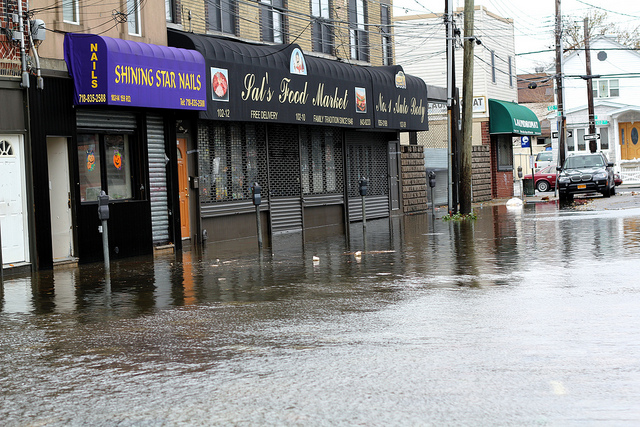Code Green Solutions


Flooded streets in the aftermath of Hurricane Sandy
Earlier this month the NYC Building Resilience Task Force, led by Urban Green (USGBC’s local chapter in New York), released its full report detailing more than 30 practical proposals to increase the resiliency of the city’s buildings to extreme weather events. The task force was convened by Mayor Michael Bloomberg in response to the devastating effects of Superstorm Sandy, and is intended to ensure NYC buildings and residents are better prepared to withstand and recover from future emergencies.
The report details the barriers that exist between the city’s buildings and greater resiliency, the upgrades necessary for new and existing buildings, and suggested improvements to the city’s building codes. Additionally, the report recommends voluntary actions the city and individual property owners can undertake to improve resiliency covering a wide range of possible strategies, including removing barriers to solar energy & cogeneration, planting storm resistant trees, and even launching a design competition for elevated homes.

The Building Resiliency Task Force Report includes graphics detailing key opportunities to increase the resilience of specific building types
While the full report goes into great detail on each proposal, referencing specific building codes and providing cost estimates where possible, we’d recommend reading the executive summary first, as it provides an excellent visualization of suggested upgrades and code changes, and outlines the different approaches necessary for commercial buildings, single-family homes, and multifamily residences such as dorms and hotels. Since each category of building has unique vulnerabilities – and perhaps more importantly each type of building owner will have differing financial resources – the report is careful to ensure recommendations target practical opportunities without adding unrealistic financial burdens to homeowners. Due to the unique importance of residential facilities, the report focuses heavily on improvements that would allow residential buildings to protect occupants and remain habitable in the face of natural disasters.